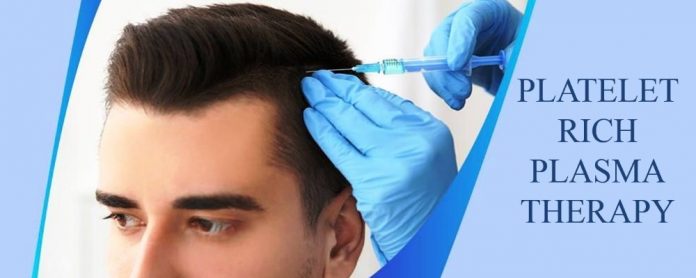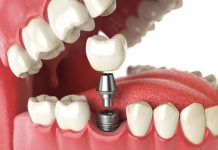PRP for treatment is a natural therapy that most doctors use to help heal several parts of your body. Doctors also use this treatment to treat hair loss. PRP for hair loss treatment will help treat androgenetic and alopecia because this condition makes your hair follicles shrink. In men, this condition is called male pattern baldness. PRP therapy is a new approach, but it has shown promising results in restoring hair. This article will help give you the main points to follow when it comes to PRP for hair loss.
How Does PRP for Hair Loss Works?
If you want to understand how PRP works, make sure to know the role of platelets in your body. Platelets are components found in your body with red blood and white blood cells. If you have a wound or a cut, platelets are always the first cells to respond to the injury. They help to stop bleeding and will encourage healing. The study has shown that platelets from your body can be extracted and help heal several parts of your body.
During the procedure, your doctor will collect some blood samples from your body and then put them in a centrifuge. This machine will then rotate at high speed, and this will help to separate the blood components. After that, your doctor will then collect the platelets for injection. The PRP treatment has several growth factors and proteins, which will speed up repairing tissues. Research has also shown that PRP can help regrow lost hair that results from the destruction of hair follicles. PRP for hair loss can help to reverse androgenic alopecia. PRP for hair has then increased, and most people are going for it. Most doctors use PRP injections to treat tendons, muscles, and ligaments like those people get when sporting.
PRP Hair Treatment Effectiveness
The research has shown that the PRP injections have helped reduce hair loss and have also added the thickness and density of hair. After the PRP injections, most people tend to have thick and full hair. The researchers also say that the low-quality research and small sizes of the samples limited their investigations on the effectiveness of PRP injections. Another study was conducted in 2019n, and it showed that PRP helps to treat androgenic alopecia. However, the effects of PRP can vary depending on the clinics because they use different methods to inject the PRP.
PRP for Hair Loss Procedure
The doctor will use the following steps during the PRP for the hair loss process.
- He will, first of all, collect some blood from the veins in your arm.
- After that, he will put some blood samples in a centrifuge.
- This machine will then rotate the collected blood so that it can separate it into different blood components.
- Your doctor will then collect the platelets using a syringe, and then these platelets are injected into the affected site of your head.
How Long PRP for Hair Loss Treatment Last?
The PRP injections will not help to treat conditions that cause hair loss. Therefore, you will need to get several injections as time goes by to maintain the outcome. The recommendation on how often you should use the PRP injections depends on the extent of the hair loss. Your hair surgeon might advise you to go for the injections every three to six months after the hair loss is controlled.
Side Effects
PRP hair loss therapy is a natural process becomes from your body. This means that you will have more minor side effects. But you may experience the following complications if you undergo PRP hair treatment.
- Pain at the injection site is a different common side effect that patients get after undergoing the PRP process. You can manage these pains by taking some painkillers. Other people do not feel extreme pain, and so they will not have to take any medication.
- Scalp tenderness may also occur but will go away after a few days.
- Some swelling; you might also experience swelling around the affected areas. The hair growth will go away after a few days. However, most doctors will advise you to sleep with your head elevated for quicker recovery. Make sure to adhere to those instructions for better results.
- Headache; some patients might also get a headache after the PRP injections. This is a result of pressure on your scalp. Your doctor will give you some medications that will help you with the headache.
- Itching; a few days after the injections, your scalp might feel itchy. Make sure you are not scratching it because it might lead to bleeding. Some doctors might advise you to use certain conditioners to help with that.
- Temporary bleeding at the injection area is another risk. The bleeding is temporary but if it persists, make sure you call your doctor.
Final Thought
PRP for hair loss injections can help to regrow new hair. But there is evidence of the effectiveness of the injections. There is a need for more research to know whether this process fits hair loss.





